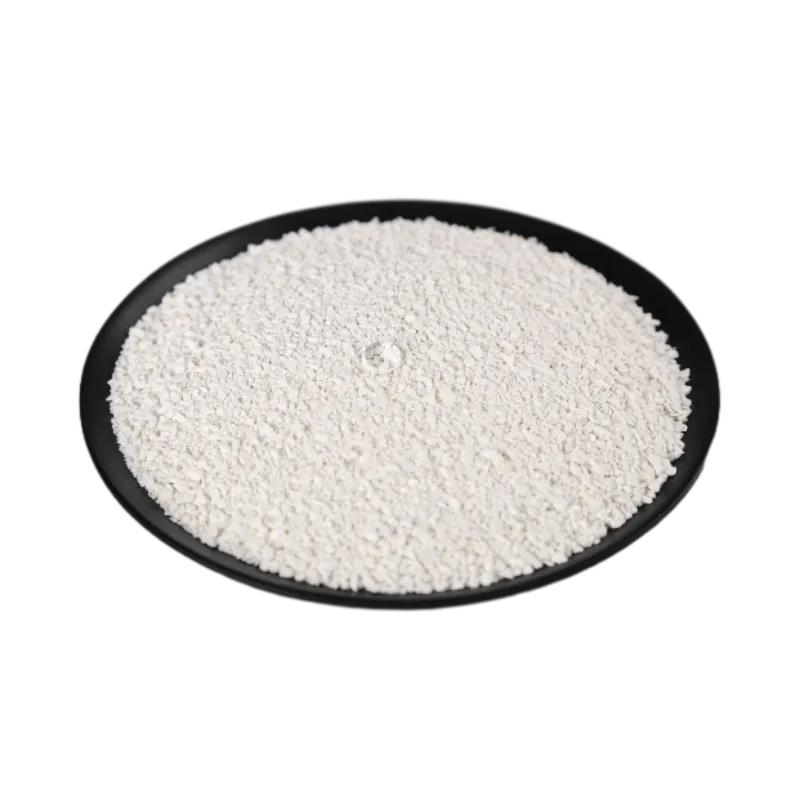
Nov . 20, 2024 02:22 Back to list
what is the difference between composition shingles and architectural shingles
The Difference Between Composition Shingles and Architectural Shingles
When it comes to roofing options for your home, shingles are among the most popular choices. Two of the most frequently discussed types are composition shingles and architectural shingles. While they may seem similar at first glance, understanding the differences between them is crucial for making an informed decision about your roofing project.
Composition Shingles
Composition shingles, also known as asphalt shingles, are made from a base of fiberglass or organic materials soaked in asphalt and covered with granules. These shingles are designed to provide a balance of affordability, durability, and ease of installation. Composition shingles are known for their lightweight design, making them easy to handle and install, which can lessen labor costs.
One of the primary advantages of composition shingles is their cost-effectiveness. They tend to be less expensive than other roofing materials, making them a popular choice for homeowners on a budget. They come in a variety of colors and styles, allowing for some customization to fit your home's aesthetic. However, composition shingles typically have a shorter lifespan, usually lasting around 15 to 30 years, depending on the quality and environmental factors.
Architectural Shingles
Architectural shingles, often referred to as dimensional or laminate shingles, take the basic idea of composition shingles and enhance it. They are constructed with multiple layers of material, giving them a thicker, more textured appearance. This design not only increases their aesthetic appeal but also contributes to their durability. Architectural shingles can mimic the look of wood shakes or slate, which can elevate the visual interest of a roof.
what is the difference between composition shingles and architectural shingles

The advantages of architectural shingles are numerous. One of the most significant benefits is their longevity; they typically last between 30 to 50 years. This extended lifespan is due in part to their sturdier construction, which helps them withstand harsh weather conditions better than traditional composition shingles. Moreover, many manufacturers offer warranties for architectural shingles that can last up to 50 years, providing additional peace of mind for homeowners.
Another notable aspect of architectural shingles is their increased resistance to wind and impact. Their weight and design allow them to perform better in severe weather conditions, reducing the chances of damage in storms. This can translate to fewer repairs and replacements over time, making architectural shingles a more sustainable option despite a higher upfront cost compared to composition shingles.
Key Differences
In summary, the primary differences between composition shingles and architectural shingles boil down to their design, lifespan, cost, and performance capabilities. Composition shingles are budget-friendly and ideal for homeowners looking for an economical solution, whereas architectural shingles offer greater durability, a longer lifespan, and enhanced curb appeal at a higher price point.
Choosing between the two ultimately depends on your budget, the desired aesthetic for your home, and how long you intend to stay in your property. If you prioritize cost and quick installation, composition shingles may be the way to go. However, if you are willing to invest a little more for long-term benefits and aesthetic appeal, architectural shingles could be the better choice.
With the right information at hand, you can choose the roofing material that best fits your needs and enhance the beauty and value of your home.
-
Stone Coated Roman Tile Metal Roofing - Durable & Elegant
NewsJul.22,2025
-
Premium Roofing Granules for Sale - High Durability & Cost-Saving
NewsJul.21,2025
-
Durable Laminated Shingles for Weather-Resistant Roofing
NewsJul.21,2025
-
Rubber Roofing Shingles - Durable & Weatherproof SBS Rubber Asphalt Shingles for Homes & Businesses
NewsJul.08,2025
-
Crest Double Roman Roof Tiles – Durable, Stylish Roofing Solution at Competitive Prices
NewsJul.08,2025
-
T Lock Asphalt Shingles Durable Roofing Solution for Long-lasting Protection
NewsJul.08,2025







